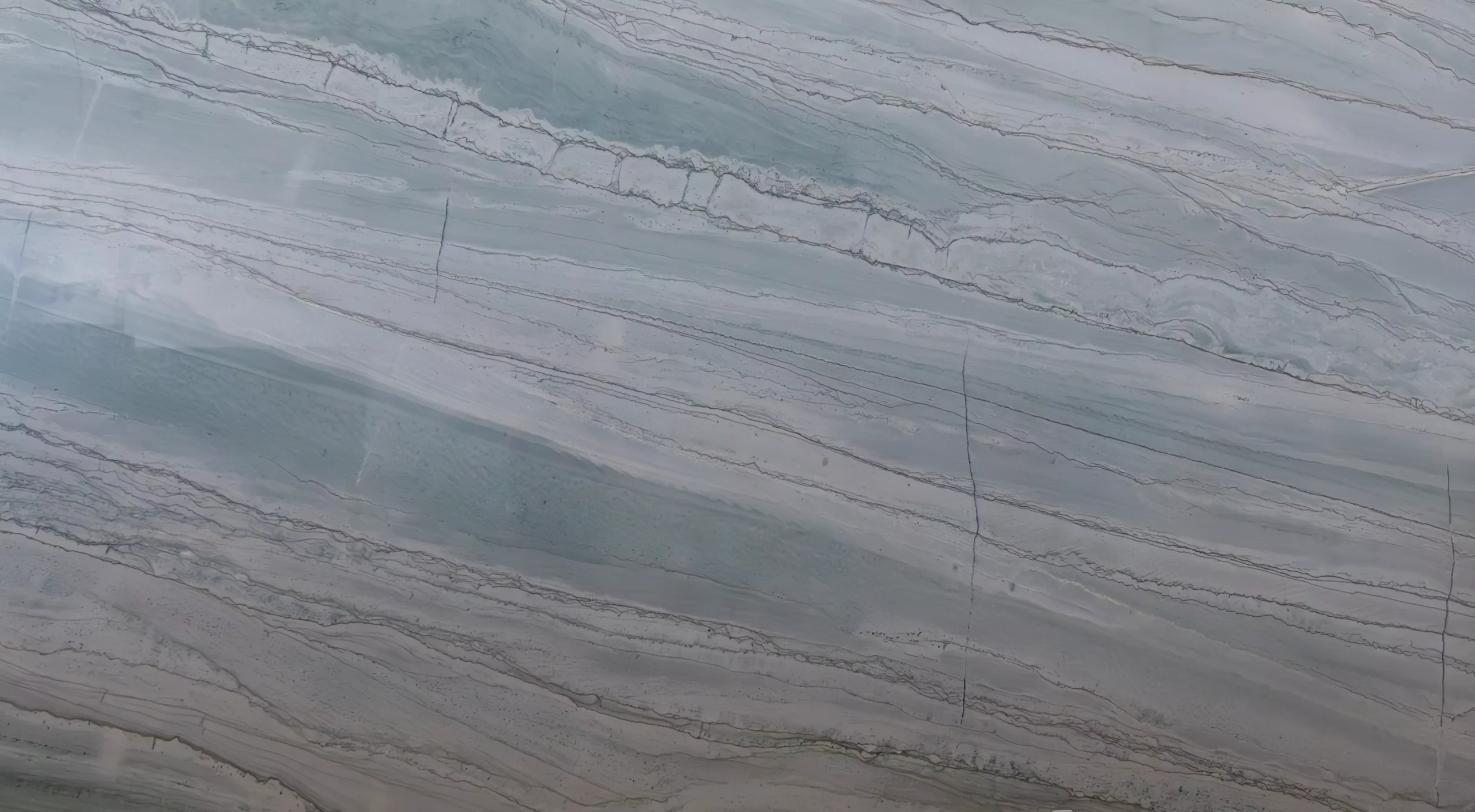Exploring the Factors That Influence the Color of Quartzite
Quartzite, a stunning natural stone renowned for its durability and beauty, comes in a diverse array of colors that captivate the eye. From pristine whites to vibrant pinks and deep greens, the hues of quartzite are as varied as they are breathtaking. But what exactly causes these color variations in quartzite? Let’s delve into the factors that influence the color of this remarkable stone.
Composition and Mineral Content
One of the primary determinants of the color of quartzite is its mineral composition. Quartzite is primarily composed of quartz, a mineral known for its clear or white color. However, impurities within the stone can introduce a broad spectrum of hues. For example, iron oxide can impart shades of red, pink, or yellow to quartzite, while chlorite can create green tones. Other minerals, such as hematite and rutile, can contribute to the color palette of quartzite, leading to a rich tapestry of colors.
Heat and Pressure
The formation of quartzite involves the metamorphism of sandstone under immense heat and pressure. This transformative process can influence the color of the stone. The intensity and duration of the metamorphic conditions can impact the crystal structure of the quartz grains, altering their light-reflecting properties and thus the color of the quartzite. In some cases, intense metamorphism can result in darker shades, while milder conditions may produce lighter hues.
Geographical Location
Geographical location plays a significant role in determining the color of quartzite. Different regions around the world boast unique geological histories and mineral deposits, leading to a wide range of colors in the quartzite found there. For example, quartzite from the Himalayas often exhibits striking pink and red hues due to the presence of iron oxide, while quartzite from Brazil may display a diverse spectrum of colors, including whites, blues, and golds.
Environmental Factors
Environmental factors, such as exposure to sunlight and weathering, can also influence the color of quartzite. Over time, UV radiation can cause certain minerals within the stone to undergo changes, altering its coloration. Additionally, weathering processes like oxidation and chemical reactions can impact the appearance of quartzite, leading to color variations.
In conclusion, the color of quartzite is a complex interplay of geological processes, mineral composition, and environmental factors. From the fiery reds of the desert to the icy blues of mountain ranges, the diverse colors of quartzite reflect the intricate stories written in stone across the globe. Whether you are drawn to the subtle elegance of pale hues or the bold vibrancy of rich tones, there is a spectrum of quartzite colors waiting to adorn your living spaces with natural beauty.
Popular Varieties of Quartzite and Their Colors
White Quartzite
White quartzite is prized for its timeless elegance and versatility. It is often sourced from regions with high quartz content, resulting in a predominantly white color with subtle hints of gray or cream. White quartzite can brighten up any space and create a sense of airiness and sophistication.
Pink and Red Quartzite
Quartzite with pink and red hues is a striking choice that adds warmth and vibrancy to interior designs. These colors are often attributed to the presence of iron oxide, which tints the quartzite with shades ranging from soft pinks to deep reds. Pink and red quartzite can infuse spaces with a sense of energy and passion.
Green Quartzite
Green quartzite is a unique and eye-catching option that brings a touch of nature indoors. The green tones in quartzite are typically the result of chlorite or other minerals present in the stone. Ranging from subtle sage greens to rich emeralds, green quartzite can lend a fresh and calming ambiance to any setting.
Blue and Gray Quartzite
Quartzite in shades of blue and gray exudes a sense of tranquility and sophistication. These cool tones are often achieved through the presence of minerals like mica or graphite in the stone. Blue and gray quartzite can create a serene and modern aesthetic in a variety of design schemes.
Conclusion
The color of quartzite is a fascinating interplay of geological processes, mineral composition, and environmental influences. From the fiery reds of the desert to the icy blues of mountain ranges, quartzite showcases a diverse spectrum of colors that can beautifully enhance any space. Whether you prefer the purity of white quartzite, the warmth of pink and red tones, the freshness of green hues, or the cool elegance of blues and grays, there is a vast array of options to suit your aesthetic preferences. Embrace the natural beauty of quartzite and bring a touch of the earth’s splendor into your surroundings.

